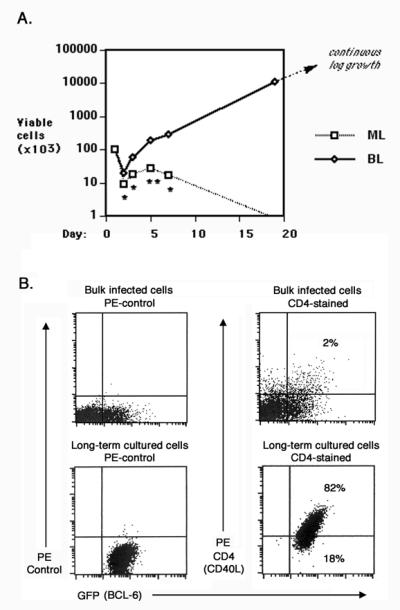Figure 1. BCL6 and CD40-ligand cooperate with loss of p53 to produce autonomously growing B cell lines.

A. Spleen cells from p53-deficient mice were co-transduced with two combinations of retroviruses: MIEG3 plus CD40-ligand (“ML”) or MIEG3-BCL6 plus CD40-ligand (“BL”). Retroviruses expressing CD40-ligand (CD40L) also co-express human CD4, and MIEG3 and MIEG3-BCL6 retroviruses both express Green Fluorescent Protein (GFP). ML and BL retrovirus infected cells positive for both GFP and human CD4 were isolated by fluorescence activated cell sorting and then placed in culture at 2 ×105 cells per ml (day 1). At the indicated times, three wells of each type were harvested and viable cells were counted. ML cells were completely dead by three weeks of culture, whereas BL cells initiated log phase growth by this time. Asterisks indicate probability (P) values for differences in cell yields, where * is P < 0.05 and ** is P < 0.01. This experiment is representative of multiple similar experiments. B. Flow cytometry analysis of p53-deficient B cells infected with MIEG3-BCL6 plus CD40-ligand retroviruses before culture and after long term culture, showing that only BCL6 plus CD40L double positive cells exhibit long-term proliferation. The dot plots on the left show GFP expression along with staining with a PE-conjugated isotype control antibody, while the dot plots on the right show GFP expression plus staining with anti-human CD4 antibody.
